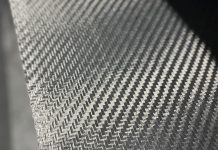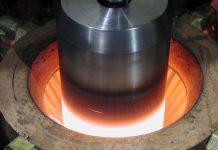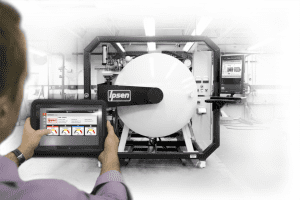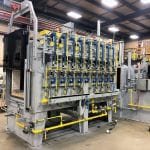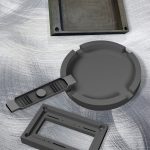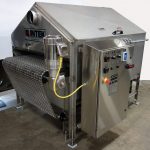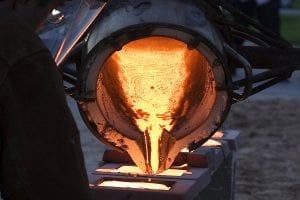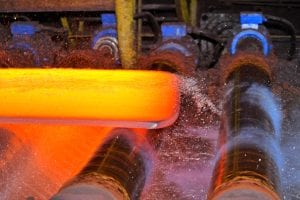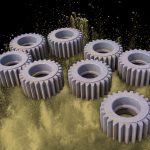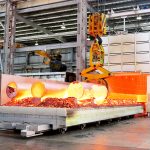Heavy-industrial machinery is often submitted to harsh, unforgiving environments capable of damaging or destroying equipment and components, as well as a company’s bottom line.
With that in mind, it is in a company’s best interests to invest in products that can keep equipment performing for a long time.
The experts with Graphite Metallizing Corporation (GMC) have been committed to this goal for more than a hundred years.
The company has done this by developing a method for putting molten metal into graphite to create a new material called GRAPHALLOY.
What is GRAPHALLOY?
GRAPHALLOY, a graphite/metal alloy, is a proprietary material that has exceptional mechanical, chemical, and tribological properties.
“It’s not an easy process; it’s actually a foundry process where you impregnate the molten metals into the graphite substrate to make it all the way through; it’s a uniform product of graphite and metal,” said Eric Ford, vice president of sales and marketing at Graphite Metallizing Corporation. “The graphite makes it self-lubricating, so you don’t need any grease or other lubricants. And the metal actually pulls heat away from the shaft, so you don’t have any thermal issues. We have grades that can go up to a thousand degrees Fahrenheit in oxygen and about twice that in a non-oxygen environment.”
This can become essential for furnaces that operate at a very high temperature, according to Ford. GRAPHALLOY works where traditional bearing materials often fail. It is particularly useful where petroleum lubricants cannot be used, for example, at high temperatures and in submerged applications.
“A lot of times, if you’re using grease bearings or solid lube, it can fail because the grease burns out or gets too hot; it seizes the bearings,” he said. “That causes a lot of downtime, a lot of maintenance time, and a lot of replacements on those bearings. But with GRAPHALLOY, since it’s self-lubricating because of the graphite, it can handle very high temperatures. It will never seize.”
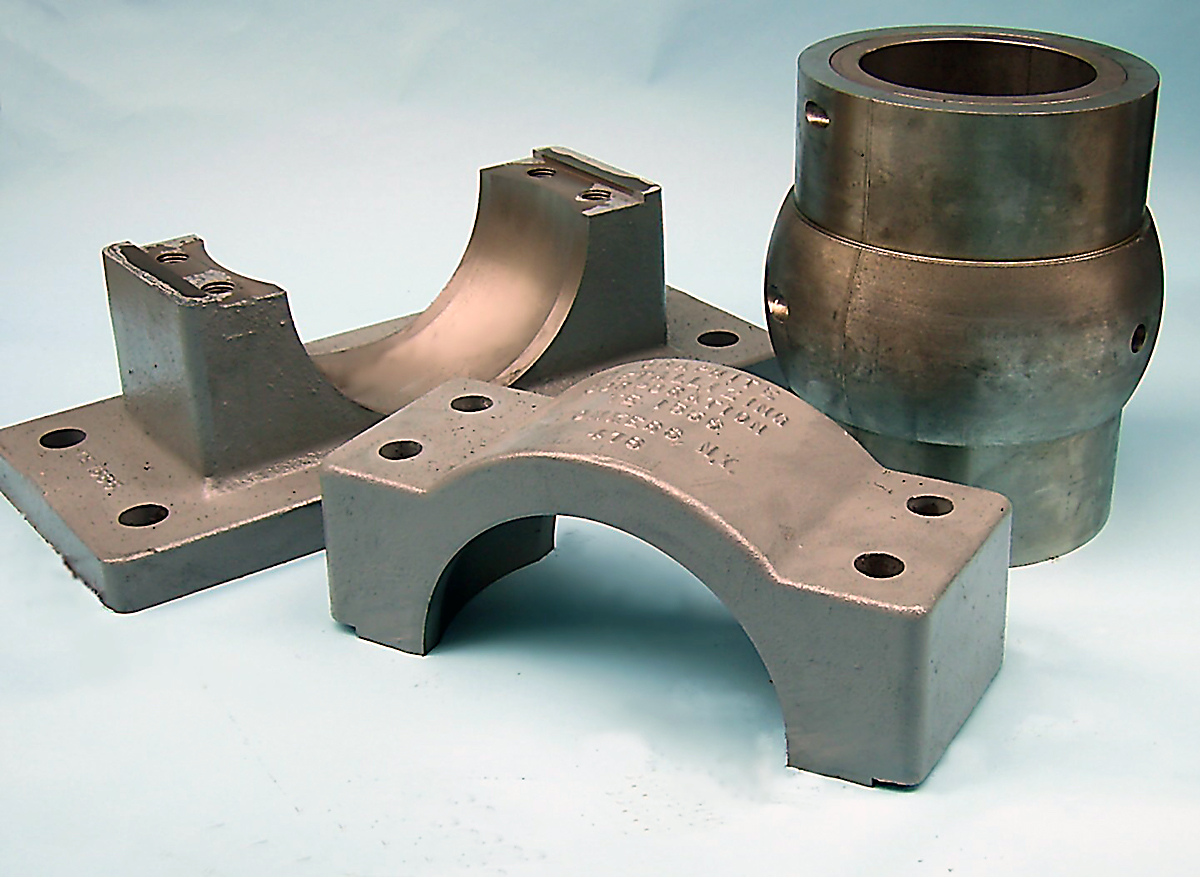
Very tough material
Self lubricating GRAPHALLOY withstands high temperatures, performs well under cryogenic conditions, and can survive dry running in pumps, according to Ford. It maintains its integrity even when submerged in hostile liquids such as acids, alkalies, hydrocarbons, black liquor, and natural gas liquids (NGL). GRAPHALLOY can be custom designed for specific application dimensions and tolerances.
“The GRAPHALLOY family of materials consists of many different grades; we have products that we’ve developed for quench chambers that could be submerged for many, many years,” he said. “We also have heat-treat-damper applications that we can handle with GRAPHALLOY, as well as furnace elevators. GRAPHALLOY has quench tank applications where it’s worked submerged for over 20 years before being replaced.”
Making the case for GRAPHALLOY
Recently, a quench tank in a rotary forge shop was using a large shaft with sprockets and chains. The application was submerged and needed a long life between overhauls, but the application required the entire assembly to be split.
GMC supplied standard type 478 pillow blocks with a maximum shaft diameter of six inches, so the shafting had to be slightly reduced. GMC made custom four-bolt, self-aligning, type 478 pillow blocks with the entire assembly split, with perfect halves.
Those original pillow blocks assemblies were sold in 1982 and worked submerged until 1998 when they were shipped back to GMC to be sandblasted, holes tapped, and bushings and bolts replaced. After that, they still ran submerged for more than nine years longer until the customer purchased 12 new pillow blocks.
In another application, GMC was able to save an automotive engine plant more than $100,000 a year by converting its gas-nitriding furnaces to GRAPHALLOY.
Those are just two examples of how GMC’s standard and custom designed products can provide lifetime cost savings over conventional bushings and bearings, according to Ford.
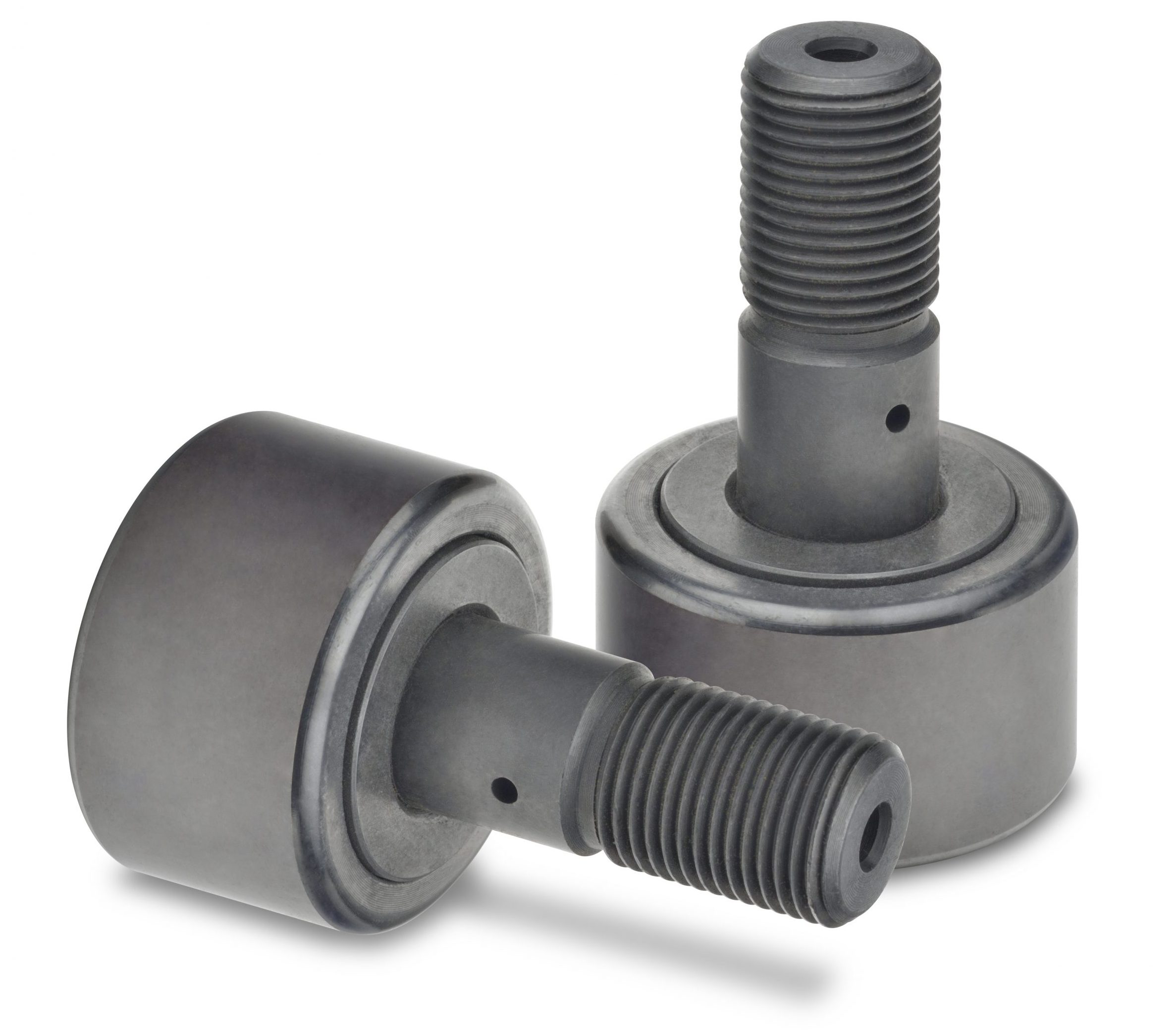
Working with customers
“When customers come to us with a challenge — which happens every day — they work one-on-one with our engineers,” he said. “The first thing we do is make sure they understand what GRAPHALLOY is, and what it can do. We want to make sure they understand the loads it can handle, the speeds, the temperatures — everything — so that it can meet their application, exactly. We don’t want them to use it in an application unless it’s really going to work.”
GMC has a staff of engineers that is always at the ready to speak with customers about their specific applications, according to Ford.
“The other challenge we have is that sometimes people have assumptions of how you use the materials, so, we have to really explain it to them, because it is very different, very unique,” he said. “We help them understand how they can use GRAPHALLOY to save themselves time and money. We also make GRAPHALLOY with custom dimensions for customers. If they give us specific information about an application, we’ll provide them with a custom bushing solution. We are always interested in discussing new and challenging applications. Sometimes, the customer wants to test GRAPHALLOY in their application, so we provide them with products so they can do some testing and be comfortable with the product. We’re seeing that quite a bit as people refurbish, and where they decide they want to save costs.”
With many customers bringing their heat treating back in-house in order to have more control over their quality and costs, it becomes even more necessary that GMC work closely with them in order for them to see what GRAPHALLOY can do for them, according to Ford.
“We’re also seeing increased investment in existing heat-treat facilities for refurbishing and increasing capacity,” he said. “As they expand and they modernize, many times they want to reduce maintenance costs, and that’s where GRAPHALLOY products can help.”
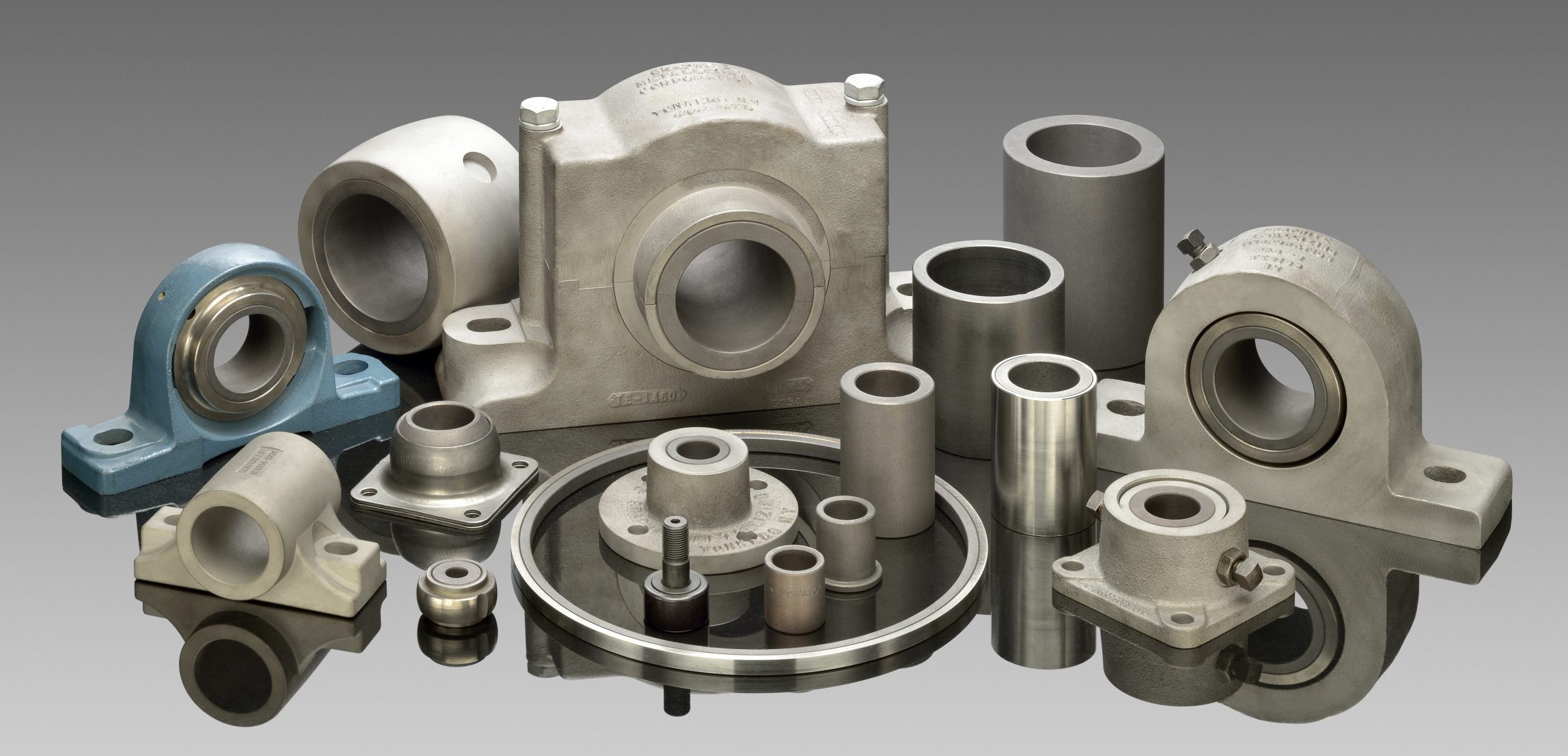
1913 origins
The concept of GRAPHALLOY began in 1913 when two engineers developed a method to combine graphite with metal to make electrical contacts for elevators, according to Ford.
And that was a big part of the business until the 1940s, when GMC began to make the product into bushings form and sold to the high-temperature and industrial areas.
“Over the years, Graphite Metallizing developed additional grades of GRAPHALLOY to address new applications,” Ford said. “Our engineers have extensive experience with all types of industrial machinery and work with customers to design custom-engineered solutions for their toughest application problems.”
Now, GMC, which is ISO 9001/2015 certified, supplies industrial customers worldwide with engineered solutions for severe service applications. The company’s corporate headquarters and manufacturing facility is in Yonkers, New York, and its customers include major industrial companies in markets such as oil and gas, power plants, steel, pulp and paper, glass manufacturing, heat treating, metal processing, and food equipment.
Looking to the future
And as GMC continues on into its second century, Ford expects GRAPHALLOY to have a significant influence in the aerospace and automotive segments.
“We believe the future continues to be modernization and automation,” he said. “The emphasis is going to be on controlling costs with tighter control over intellectual property. And that comes from customers bringing their heat-treat back in-house. We also anticipate tremendous growth in additive manufacturing. These are all areas where GRAPHALLOY products can help to reduce maintenance and other costs.”
In the meantime, GMC will continue to demonstrate how GRAPHALLOY can be a tremendous benefit to the heat-treat industry, according to Ford.
“Our philosophy is to provide a quality self-lubricating material to solve really high-temperature issues in the heat-treating process, whether that’s furnaces, cart wheels, dampers, quench tanks, or other problem areas,” he said.
MORE INFO www.graphalloy.com









